A smart port represents the pinnacle of modern maritime logistics, leveraging cutting-edge technologies and data-driven solutions to optimize operational efficiency, safety, and sustainability. Historically, the shipping industry has been slow to integrate new technologies, lagging behind sectors such as aviation. However, the rise of digital innovations is transforming port operations globally, ushering in a new era of interconnected and efficient maritime logistics.
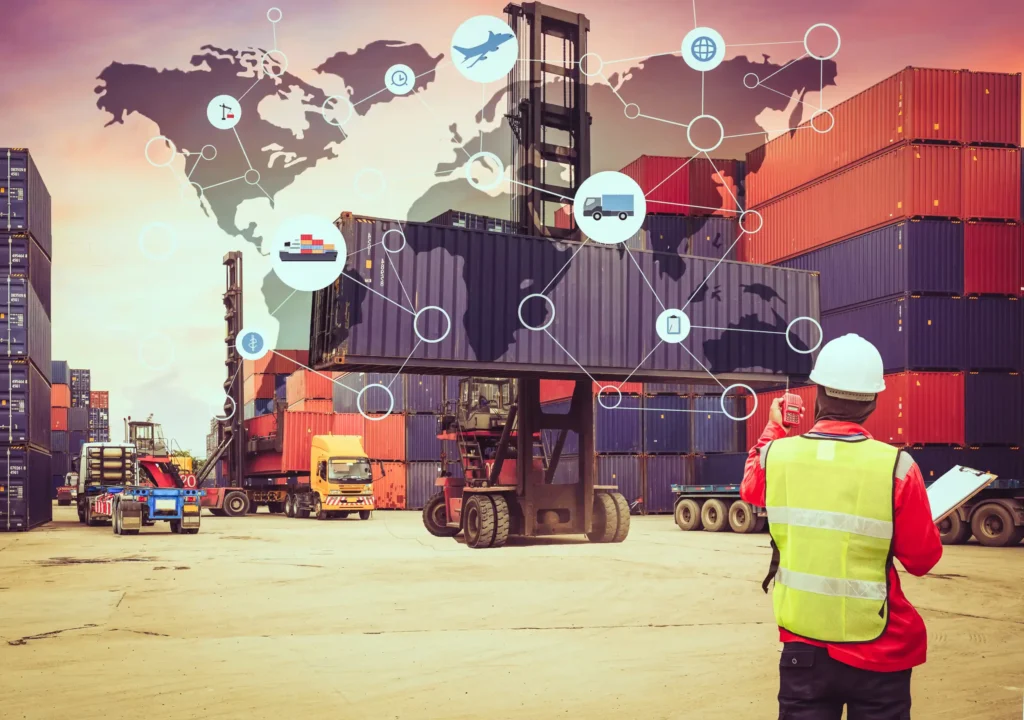
Table of Contents
Key Technologies Driving Smart Ports
Artificial Intelligence (AI):
AI simulates human intelligence through techniques like machine learning, natural language processing, and robotics. In ports, AI automates repetitive tasks, processes large datasets for predictive analytics, and aids in decision-making. For instance, AI can optimize fleet operations by analyzing GPS, weather, and traffic data, and can even support the development of autonomous ships.
Internet of Things (IoT):
IoT involves networks of interconnected devices and sensors that collect and exchange data, allowing for enhanced operational efficiency and safety. In maritime logistics, IoT sensors monitor ship performance, fuel consumption, temperature, and hull integrity. The data facilitates predictive maintenance, reducing downtime and costs.
Digital Twin (DT):
A Digital Twin is a virtual model of a physical entity, using real-time data to replicate and analyze its behaviors. In ports, DTs monitor and optimize performance, forecast maintenance needs, and enhance fuel efficiency. An example is the collaboration between Tianjin Port Group and Huawei to build a digital twin of the Port of Tianjin, focusing on automation, terminal upgrades, and comprehensive digital transformation.
Blockchain:
Blockchain technology offers a decentralized, secure way to record transactions and track shipments in real-time. It minimizes delays, disputes, and fraud through transparent, tamper-proof records. Smart contracts automate shipping processes, reducing paperwork and human error. The Global Shipping Business Network (GSBN) is a notable entity harnessing blockchain to improve trade finance and supply chain transparency.
5G Technology:
The fifth generation of wireless communication, 5G provides high-speed data transfer, capacity, and reliability. It enhances real-time monitoring, supports extensive IoT networks, and optimizes supply chain operations. For example, the Santos Port Brasil Terminal and Hutchison Port Holdings Trust in Hong Kong are deploying private 5G networks to enhance their port operations.
The Impact of Smart Ports in China
China has been a forerunner in adopting smart port technologies. Key ports like the Port of Shanghai, Port of Guangzhou, and Port of Tianjin are integrating AI, IoT, DT, blockchain, and 5G to streamline operations, reduce costs, and improve sustainability. The collaboration between Tianjin Port Group and Huawei exemplifies China’s commitment to creating fully automated and digitally transformed ports.
Read More:
- Shipping from China to Saudi Arabia 2024
- Shpping From China TO UNITED STATES
- How Regional Disruptions are Reshaping the Global Container Port Landscape
- Gateway to Prosperity Unraveling the Marvels of the Port of Shanghai
- 2023 Port changes in Saudi Arabia
References
- Port Technology International:
- Port Technology International – Smart Ports
- This website offers the latest news and analysis on smart port technologies, covering innovations from AI to blockchain.
- Maritime Executive:
- Maritime Executive – Digital Solutions
- This site provides in-depth discussions and case studies on how digital solutions are improving port efficiency.
- Smart Maritime Network:
- Smart Maritime Network – Technology for Ports
- This website focuses on smart maritime networks, covering the latest developments and applications of smart port and terminal technologies.






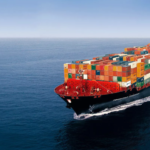



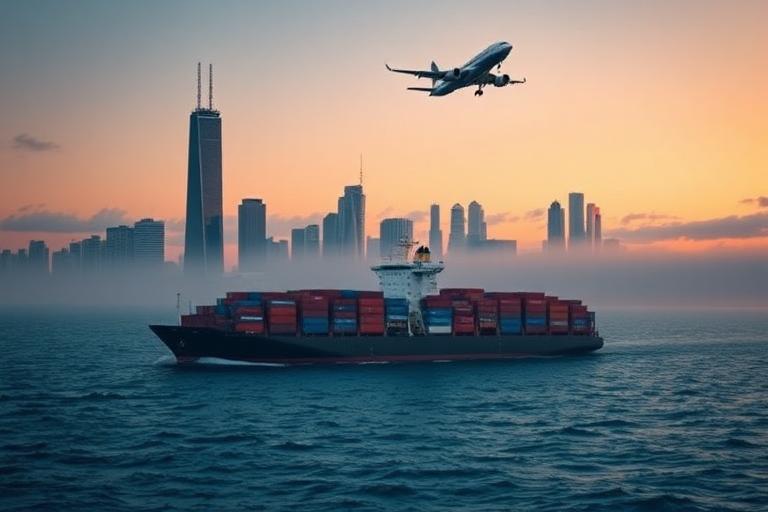
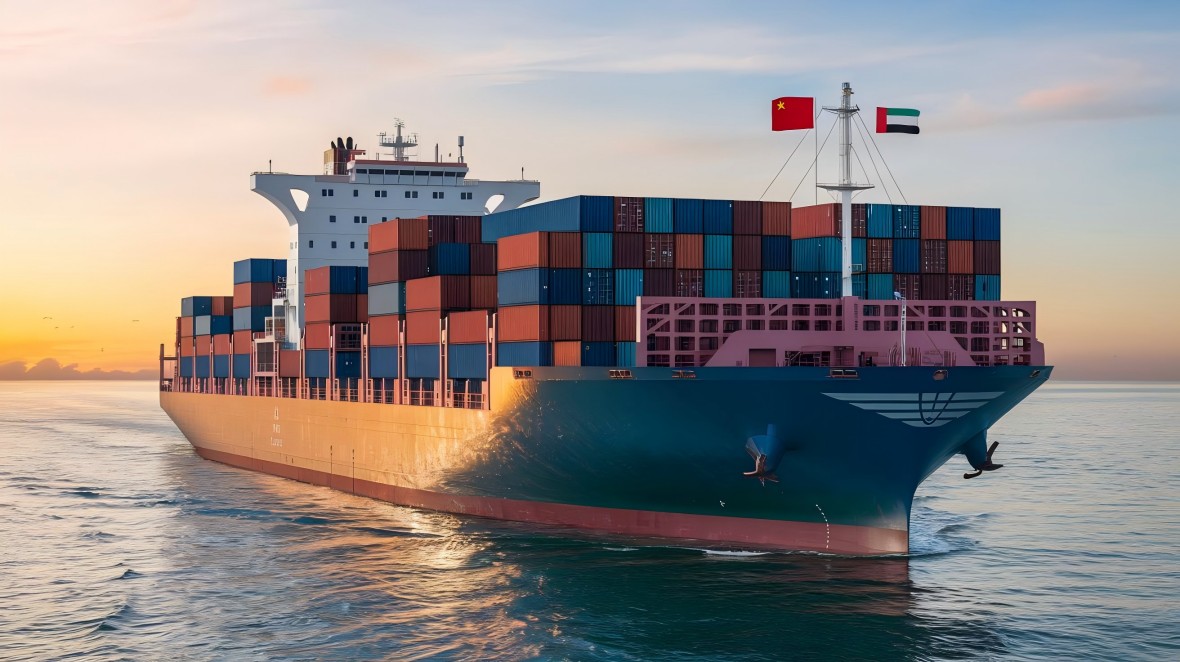
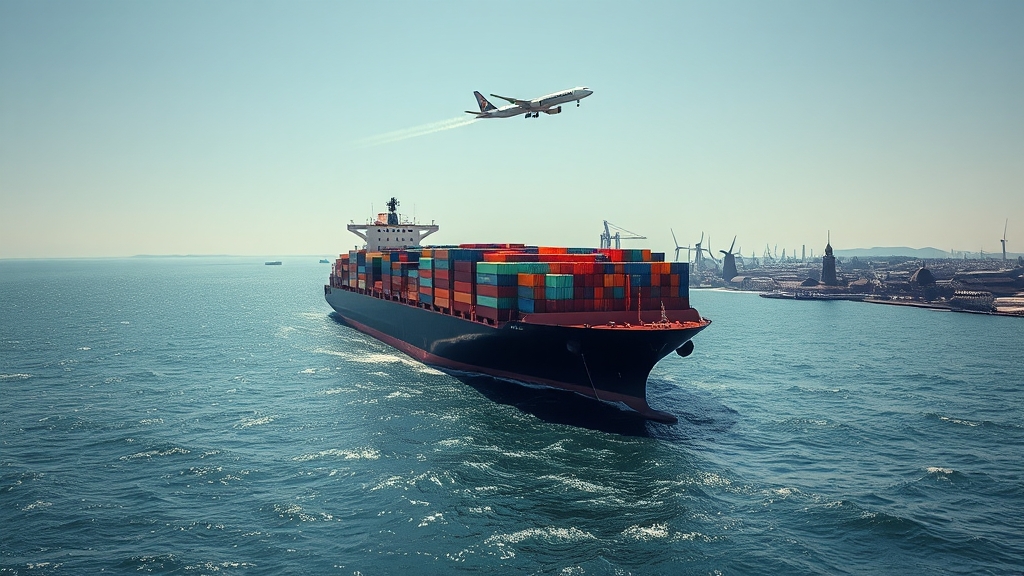

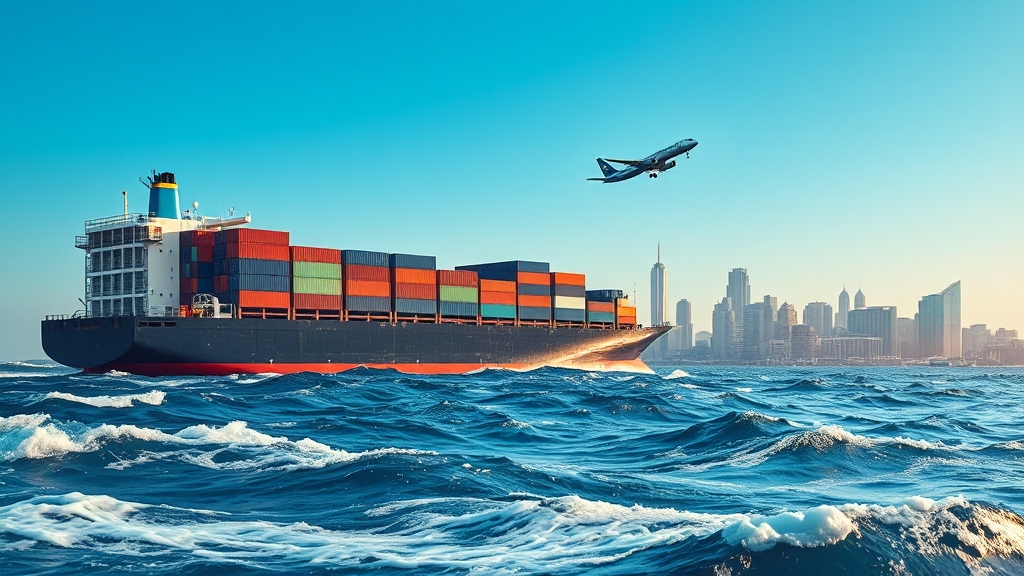





 Afrikaans
Afrikaans Shqip
Shqip አማርኛ
አማርኛ العربية
العربية Հայերեն
Հայերեն Azərbaycan dili
Azərbaycan dili Euskara
Euskara Беларуская мова
Беларуская мова বাংলা
বাংলা Bosanski
Bosanski Български
Български Català
Català Cebuano
Cebuano Chichewa
Chichewa 简体中文
简体中文 繁體中文
繁體中文 Corsu
Corsu Hrvatski
Hrvatski Čeština
Čeština Dansk
Dansk Nederlands
Nederlands English
English Esperanto
Esperanto Eesti
Eesti Filipino
Filipino Suomi
Suomi Français
Français Galego
Galego ქართული
ქართული Deutsch
Deutsch Ελληνικά
Ελληνικά Kreyol ayisyen
Kreyol ayisyen Harshen Hausa
Harshen Hausa Ōlelo Hawaiʻi
Ōlelo Hawaiʻi עִבְרִית
עִבְרִית हिन्दी
हिन्दी Hmong
Hmong Magyar
Magyar Íslenska
Íslenska Igbo
Igbo Bahasa Indonesia
Bahasa Indonesia Gaeilge
Gaeilge Italiano
Italiano 日本語
日本語 Basa Jawa
Basa Jawa ಕನ್ನಡ
ಕನ್ನಡ Қазақ тілі
Қазақ тілі ភាសាខ្មែរ
ភាសាខ្មែរ 한국어
한국어 كوردی
كوردی Кыргызча
Кыргызча ພາສາລາວ
ພາສາລາວ Latin
Latin Latviešu valoda
Latviešu valoda Lietuvių kalba
Lietuvių kalba Lëtzebuergesch
Lëtzebuergesch Македонски јазик
Македонски јазик Malagasy
Malagasy Bahasa Melayu
Bahasa Melayu മലയാളം
മലയാളം Maltese
Maltese Te Reo Māori
Te Reo Māori मराठी
मराठी Монгол
Монгол ဗမာစာ
ဗမာစာ नेपाली
नेपाली Norsk bokmål
Norsk bokmål پښتو
پښتو فارسی
فارسی Polski
Polski Português
Português ਪੰਜਾਬੀ
ਪੰਜਾਬੀ Română
Română Русский
Русский Samoan
Samoan Gàidhlig
Gàidhlig Српски језик
Српски језик Sesotho
Sesotho Shona
Shona سنڌي
سنڌي සිංහල
සිංහල Slovenčina
Slovenčina Slovenščina
Slovenščina Afsoomaali
Afsoomaali Español
Español Basa Sunda
Basa Sunda Kiswahili
Kiswahili Svenska
Svenska Тоҷикӣ
Тоҷикӣ தமிழ்
தமிழ் తెలుగు
తెలుగు ไทย
ไทย Türkçe
Türkçe Українська
Українська اردو
اردو O‘zbekcha
O‘zbekcha Tiếng Việt
Tiếng Việt Cymraeg
Cymraeg יידיש
יידיש Yorùbá
Yorùbá Zulu
Zulu